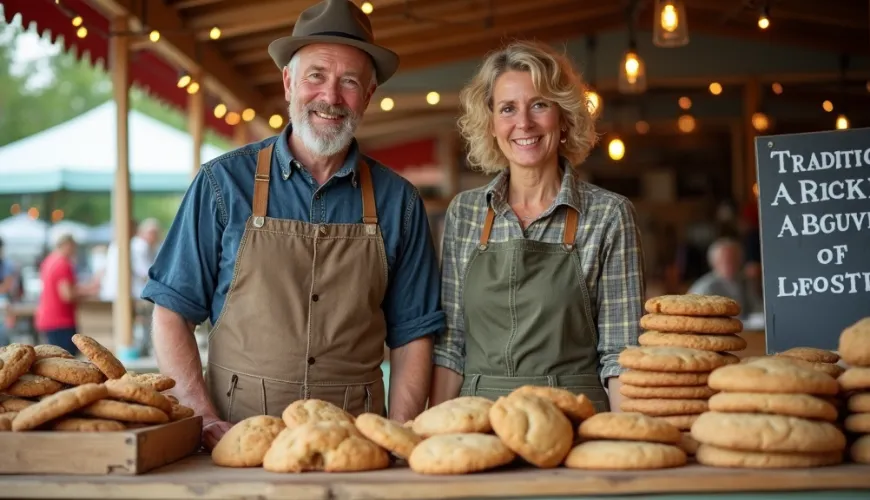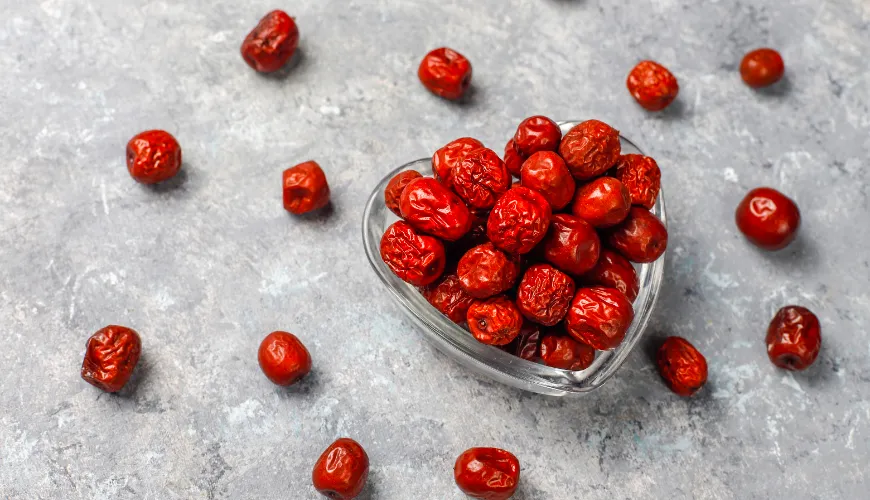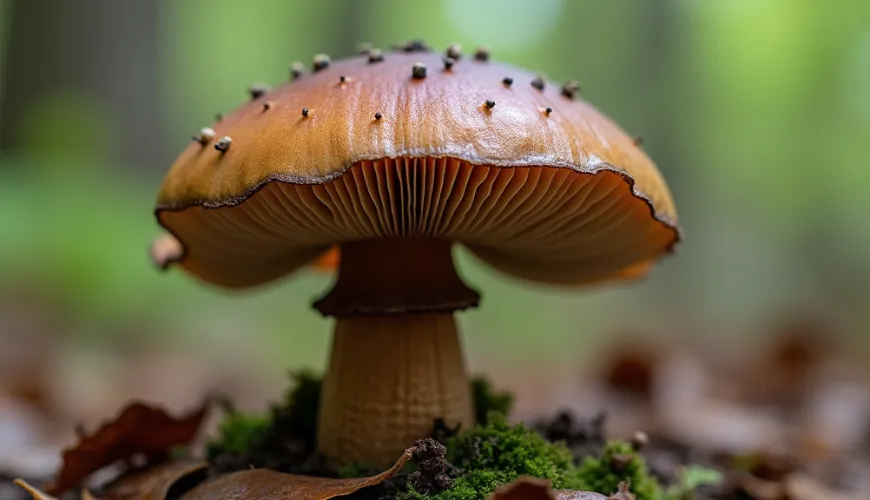
How Communist Retro Cookies Are Winning the Hearts of Czechs Again

Communist Retro Cookies - The Taste of Childhood Returning
When you hear "retro cookies from the communist era," most Czechs immediately recall a specific smell, taste, and maybe even the image of grandma's kitchen, where a round tin filled with pastries awaited in the cupboard. These pastries weren't overly sweet but had a distinctive taste and nostalgic charm. Although today we live in a time of unlimited choices and supermarket aisles overflowing with colorful packaging from all corners of the world, for many, communist cookies have become synonymous with honesty, simplicity, and a familiarly known taste. So why are we rediscovering them today, and what can they offer us besides memories?
The Nation's Taste Memory
In times of a state-controlled economy, the availability of ingredients was far from guaranteed. Food production followed plans and standardized amounts of sugar, flour, and oil. Despite this—or perhaps because of it—a number of recipes emerged that people favored for their simplicity and accessibility. Cookies that filled the shelves of Czechoslovak stores weren't luxury goods. They were ordinary, cheap sweets sold in bulk, often in unmarked paper bags. Yet, they left such an impression on children and adults alike that even decades later, many can recall their specific taste.
One of the most iconic examples might be the so-called esíčka, crispy butter cookies shaped like the letter "S," sprinkled with sugar, with a pleasantly dry texture and a delicate aroma. Who wouldn't know them? Or kokosky, based on egg whites and grated coconut, sometimes with a bit of jam between two halves. And what about Linzer cookies without Christmas decorations, sold commonly throughout the year? These too belong to the category that we fondly associate with the term "retro cookies."
Why Retro Sweets Are Making a Comeback
In recent years, there has been a noticeable return of these traditional cookies to store shelves, even in organic or gluten-free versions. There are several reasons for this. The first is undoubtedly nostalgia. People seek solace in times associated with childhood, carefreeness, and a simple life. And food, especially what they ate as children, can reliably evoke these memories. According to neuroscientists, smell and taste are linked to the amygdala, the part of the brain where emotional memory resides—explaining why one cookie piece can momentarily transport someone back decades.
Another reason is the rediscovered interest in simple, natural recipes. Many cookies from back then were indeed the result of food austerity, but this is now seen as an advantage: no preservatives, artificial colors, or mysterious additives. When looking at traditional recipes, we often find a mix of flour, fat, eggs, sugar, and maybe some nuts—ingredients that most people usually have at home. In today's context, where sustainability and a return to genuine food are increasingly discussed, retro cookies gain new significance.
Retro with a Modern Touch
It's fascinating to see how many bakeries and organic shops have embraced the idea of reviving these cookies. Thus, new versions of esíčka made from organic flour and real butter, kokosky without refined sugar, or vegan versions of Linzer pastries are emerging. This trend beautifully connects the past with the present—preserving generational recipes while adapting them to current demands for a healthier lifestyle.
In this context, there are often efforts to reconstruct old recipes from cookbooks from the 1950s to the 1980s. Some publications, such as "Vaříme zdravě, chutně, hospodárně," become a source of inspiration for bloggers, bakers, and stay-at-home moms. Looking into these cookbooks, one can't help but smile—not only because of the writing style but also because of how simple and modest the recipes were. In one passage, for example, we read: "Mix fat well with sugar, add flour and eggs, form small shapes, and bake until golden." And that's it.
The Story of One Cookie
It's worth mentioning the stories of people who decided to literally continue the tradition of these cookies from their garage. In a small village in South Bohemia, for example, the Malý family started a family production based on grandma's recipes, who worked in a confectionery in the 1970s. Today, their "retro cookies according to grandma" can be found at farmers' markets, organic shops, and also in sustainable e-shops. Without palm oil, with butter from a local farmer, and flour from a nearby mill. And the result? A taste that takes you back to your childhood, but with the knowledge that you've indulged in something that doesn't burden the body or the planet.
The great interest in these products is also confirmed by the growing number of searches for terms like "retro cookies from communist times," "traditional Czech pastries," or "grandma's recipes." People simply long for continuity—something that transcends rapidly changing trends and brings value rooted in time.
What Can We Take Away from This?
Retro cookies show us that there can be strength in simplicity. It's not just about taste—but about the story, the emotion, the return to the essence. In a time when we are often swept away by exotic flavors and expensive imported desserts, a simple esíčko can be a reminder that real pleasure can also be found in a piece of pastry without the glittery facade.
And maybe today is the right time to pull out the old recipe book, dust off the molds, and bake a batch of these cookies at home. Or look for a reputable regional producer who has decided to preserve the tradition and bring it in a new, healthier guise. Such an initiative is not only a treat for the taste buds but also a support for the local economy, sustainable ingredients, and responsible consumption.
One thing is certain—communist cookies, although a product of their time, gain new meaning today. They are not just a sweet memory but a symbol of a return to values that survive in us despite the times. And that's their true strength.

